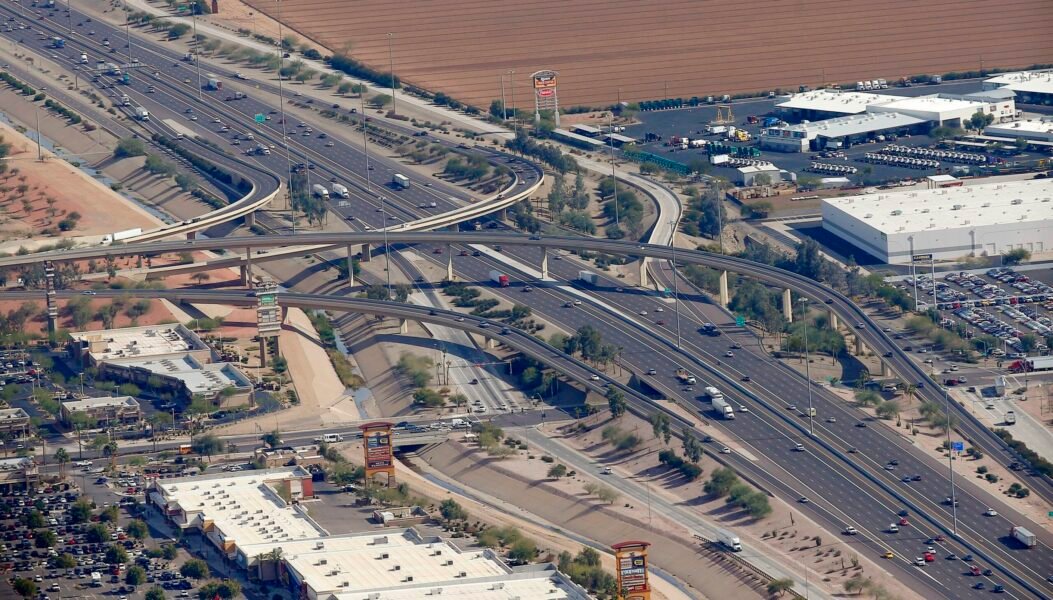Exploring Australia for the first time is certainly an exhilarating journey, and knowing how to get around efficiently is crucial for a smooth experience. The public transport system is modern and reliable, particularly in major cities and local areas. Understanding how it operates can save you both time and money, making your travels more enjoyable and less stressful. This guide is here to help first-time visitors confidently navigate Australia’s public transport.
Familiarize Yourself with Major Transit Networks
Each Australian city has its own public transport network, and services can vary quite a bit by region. Cities like Sydney, Melbourne, Brisbane, and Perth have developed systems where trains and buses are the primary modes of transportation. Melbourne is particularly noted for its extensive and efficient tram network that operates within both the city center and suburban areas.
In Sydney, visitors use Opal Cards that allow access to trains, buses, ferries, and light rail. It might be a good idea to set up a local eSIM after landing at the airport. This would help in checking transit schedules, reloading travel cards online, and getting real-time route updates. Having an active eSIM connection also means quick access to local transport apps and emergency travel information.
Understand Fares and Ticket Options
Grasping the fare structure can help sidestep confusion and ensure fair pricing. Most urban networks operate on a distance-based fare system, where travelers tap on and off using their transport cards, leading to automatic fare deductions. Some systems also offer daily or weekly caps, which limits the maximum fares charged in a given timeframe.
Many travelers link their transport cards to mobile apps to quickly check balances and top-ups. Some cities even accept contactless payments via debit or credit cards. Still, using a local transport card generally offers the best rates and access to discounted travel zones. Students, seniors, and children often qualify for fare reductions, but you may need to provide local ID for verification.
Peak and Off-Peak Times
In Australian cities, peak travel times usually fall between 7 am and 9 am on weekdays, and from 4:30 pm to 6:30 pm. During these hours, trains and buses might get crowded, and fares can be higher. To ensure a more relaxed ride and a better chance of getting a seat, it’s advisable to avoid these peak times.
Traveling during off-peak hours not only often results in lower fares but also presents a more comfortable experience. Especially in larger cities, services remain frequent, which means you can manage your itinerary without facing long waits. Skipping the peak rush helps minimize delays and enhances the overall commuting experience.
User-Friendly Navigation and Payment Apps
A variety of apps focused on transportation and mapping can simplify public transport for first-time visitors. These apps provide real-time arrival information, suggest optimal routes, and alert users to delays or cancellations. While Google Maps works well with Australia’s transit networks, city-specific apps can often deliver more detailed information.
With an eSIM, these apps can function smoothly all day long. Travelers can monitor bus arrivals, get updates on train platforms, and compare route options without needing to rely on printed schedules. Plus, many of these apps allow for digital ticket storage, which is both convenient and environmentally friendly.
Planning Intercity and Long-Distance Travel
For longer journeys, Australia offers various options for interstate travel, including long-distance trains and intercity buses. Train services connecting Sydney and Melbourne, as well as Brisbane and Cairns, provide a scenic alternative to flying. Meanwhile, intercity buses offer competitive fares and flexible scheduling. When using these services, it’s wise to make reservations ahead of time. Mobile tickets can streamline this process.
Seats can fill up quickly during holidays or busy travel periods. Taking overnight services can also save on accommodation costs, but baggage allowances differ, so checking the policy ahead of time is advisable.
Stay Informed About Local Transit Updates and Alerts
Real-time transit updates are essential to avoid unexpected delays and to effectively navigate public transport systems. Cities in Australia provide various digital platforms and mobile apps that share immediate information on schedule changes, cancellations, and route adjustments. These updates come in handy during critical events such as construction work or weather disruptions affecting services.
Popular apps that offer live tracking and travel planning tools can be incredibly useful. Activating push notifications ensures timely updates go straight to your phone. This means you can quickly adjust your plans and minimize waiting times. Having consistent access to reliable information boosts overall travel efficiency.
Conclusion
Australia’s public transport is dependable, user-friendly, and a fantastic way to explore both urban and rural areas. By understanding how the local system operates, travelers can make informed choices and avoid common pitfalls. With the right tools and information, navigating Australia can turn into an efficient and enjoyable part of the travel experience.







